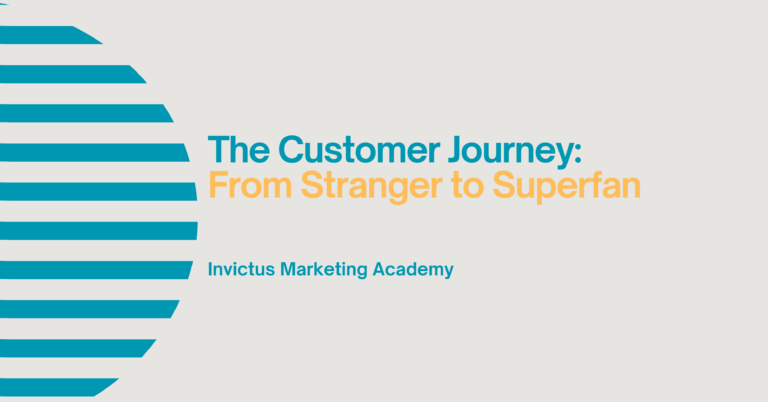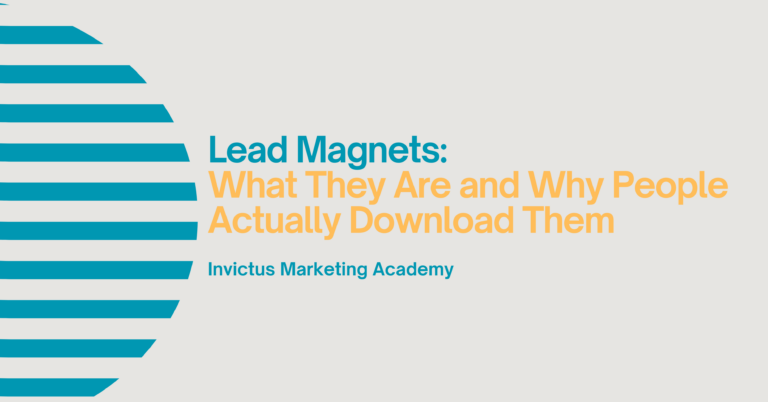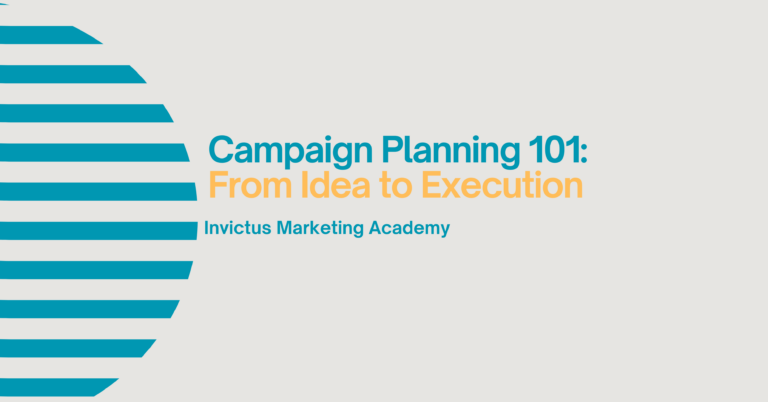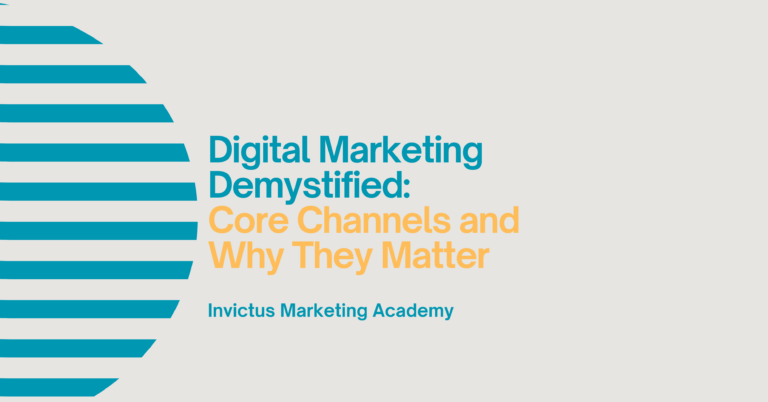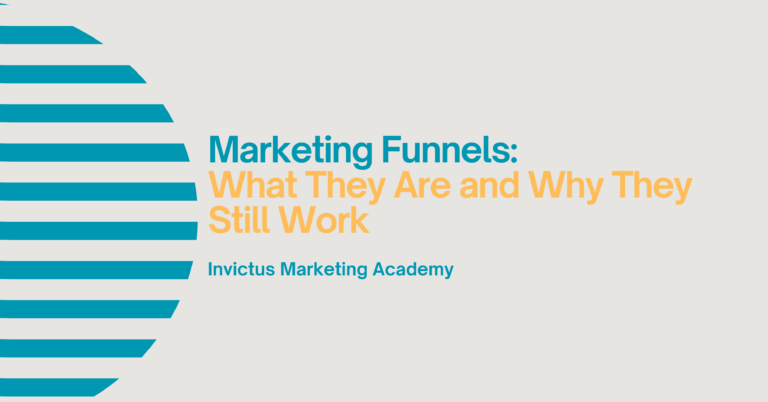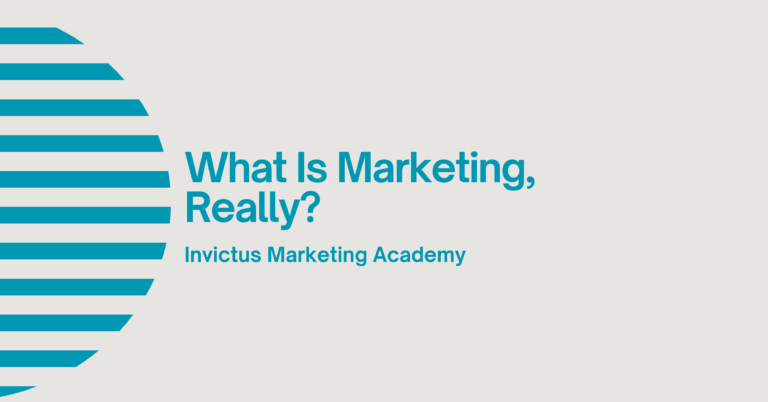Content Marketing: Creating Value That Builds Trust
In a digital world where audiences are constantly scrolling past ads, tuning out sales messages, and becoming increasingly selective about where they focus their attention, one marketing approach consistently stands out: providing real value.
That’s the heart of content marketing.
Content marketing is not about the hard sell. It’s about earning trust over time by creating useful, engaging, and relevant materials that speak to your audience’s needs — not your targets. Whether it’s a blog post that answers a burning question, a video that explains a complex idea, or a resource that helps someone take action, good content doesn’t interrupt — it invites. It positions your brand as helpful, credible, and worth returning to.
In this article, we’ll unpack what content marketing is, why it’s still central to any serious marketing strategy, and how to build a content plan that earns attention, builds relationships, and ultimately drives results.
What Is Content Marketing?
Content marketing is the practice of creating and distributing valuable, consistent content to attract, engage, and retain a clearly defined audience — with the ultimate goal of driving profitable customer action.
It’s not advertising. It’s not filler. And it’s not just about publishing for the sake of being seen. It’s a long-term strategy focused on giving your audience what they need to make better decisions — while positioning your brand as a trusted source of insight, support, or inspiration.
Content can take many forms, depending on your audience and objectives:
- Articles or blog posts – Ideal for answering questions, offering insight, or building SEO authority over time.
- Videos – Great for storytelling, education, or bringing your personality to life in a way words alone can’t.
- Infographics – Visual tools that help explain or summarise data-heavy or complex ideas.
- Podcasts – A convenient and conversational way to share deeper insights or interviews.
- Social content – Short, timely posts that drive engagement and visibility across platforms.
- Lead magnets or downloadable guides – Long-form, high-value content designed to capture leads.
- Email series – A curated journey delivered to the inbox, nurturing leads over time.
The key to all of this is intentionality. Every piece of content should have a purpose, offer real value, and align with your brand’s voice and goals.
Why Content Marketing Still Matters
With so many channels available and attention harder to capture, some might question whether content marketing still holds its value. The short answer? Yes — more than ever.
Here’s why it continues to work so effectively:
- Builds trust and authority – When you consistently deliver content that helps your audience solve problems or understand complex topics, you position your brand as a reliable source of knowledge. Over time, this builds confidence and credibility — two essential ingredients in any purchase decision.
- Improves SEO and organic visibility – Google rewards websites that publish quality content regularly. Blogs and landing pages that address real user intent can rank highly in search results, helping new customers find you without paid ads.
- Nurtures leads without pressure – Not everyone is ready to buy straight away. Content allows you to stay visible and relevant throughout the decision-making process, without resorting to aggressive selling.
- Supports every stage of the marketing funnel – From discovery (through blog posts or infographics) to decision-making (with testimonials or buying guides), content moves people along the journey in a natural, helpful way.
- Reinforces brand values and personality – Content is how your brand expresses itself in the world. Through tone, topics, and style, you show people what matters to you — and whether that aligns with what matters to them.
In essence, good content builds a long-term relationship with your audience. It opens the door, keeps the conversation going, and helps people feel informed, supported, and connected.
How to Create a Content Marketing Strategy
1. Start With Your Audience’s Needs
Every strong content strategy begins with empathy. Instead of asking, “What do we want to say?”, you start by asking, “What does our audience want to know, feel, or solve?”
Identify your ideal audience segments and consider:
- What are their pain points or struggles?
- What questions do they ask in consultations or online?
- What information or tools would genuinely help them?
- What motivates or inspires them?
Use real data if possible — from surveys, support tickets, social comments, or keyword research — to identify common themes. When your content addresses real problems, it becomes more than marketing. It becomes a service.
2. Set Clear Content Goals
Without clear goals, content risks becoming a “nice to have” — something you publish occasionally without knowing why. Instead, define specific, measurable outcomes you want your content to support.
Examples include:
- Attracting more website visitors – Target SEO-focused blog content that answers common search queries.
- Generating leads – Create downloadable resources or sign-up incentives that capture emails.
- Building brand awareness – Share engaging, relatable stories on social media to reach new people.
- Shortening the sales cycle – Use case studies or explainer videos to address objections before they’re raised.
- Improving customer retention – Use email content to educate, support, or delight your existing base.
When your content goals align with your business goals, every piece of content becomes part of a larger, measurable system.
3. Choose Your Content Pillars
Content pillars are your core themes — the big topics your brand wants to be known for. They provide structure and clarity, guiding what you create and helping your audience understand what to expect.
Your pillars should sit at the intersection of:
- What your audience cares about
- What your brand is an expert in
- What supports your products or services
Example for a sustainable fashion brand:
- Conscious consumerism
- Style without waste
- The stories behind the clothes
These themes help you brainstorm ideas, maintain consistency, and stay true to your message over time.
4. Map Content to the Customer Journey
Not all content is for all people, all the time. A new visitor has different needs than someone who’s ready to buy. That’s why mapping content to the customer journey is essential.
Here’s how content fits at each stage:
- Awareness (Top of Funnel) – Focus on visibility and education: blog posts, listicles, infographics, social videos.
- Consideration (Middle of Funnel) – Help your audience compare options and evaluate your offer: webinars, guides, expert interviews, case studies.
- Decision (Bottom of Funnel) – Reinforce your credibility and simplify the buying process: pricing pages, testimonials, product demos.
- Post-purchase – Continue the relationship: onboarding emails, help content, loyalty rewards, client spotlights.
By addressing the right questions at the right time, you reduce confusion, build confidence, and gently move people closer to saying yes.
5. Choose the Right Channels
Publishing content is one thing — getting it seen is another. That’s why distribution matters.
Choose platforms based on:
- Where your audience spends their time
- The type of content you’re best at creating
- Your current bandwidth and team capacity
Start with 1–2 key platforms and do them well:
- Blog – Ideal for long-form content, great for SEO and owned visibility.
- Email – High-intent channel that drives engagement and direct traffic.
- YouTube or Vimeo – If video is your strength and your audience watches tutorials or interviews.
- LinkedIn – For B2B thought leadership and professional engagement.
- Instagram or TikTok – For visual storytelling and community-building.
There’s no point creating amazing content if no one sees it — so make sure you’ve thought about where and how it will reach people.
6. Create a Realistic Content Plan
You don’t need to publish every day. What matters is consistency and quality.
Start with:
- One blog post every two weeks
- One email newsletter per month
- Two social media posts per week
Then build on this. Create a calendar that maps out what you’ll post, when, and where. This prevents last-minute stress and ensures your messaging stays on track.
Also, remember to repurpose your best content:
- Turn a blog into an infographic
- Pull quotes from a podcast to use on social
- Break a long video into short clips for Reels or LinkedIn
Smart repurposing allows you to get more from less — without sounding repetitive.
7. Measure and Refine
Track your performance regularly and use those insights to improve.
Metrics to watch:
- Page views and bounce rates – Are people landing on your content and staying?
- Email open and click rates – Are your messages getting through and being acted on?
- Time on page – Are people reading or just skimming?
- Lead conversion rates – Are your lead magnets doing their job?
- Social engagement – Are people interacting with or sharing your content?
Don’t be discouraged by low numbers early on. Content builds momentum over time — and your best pieces can continue delivering value for months or even years.
A Practical Example: A Marketing Consultant Using Content to Build Authority
Imagine you’re a freelance marketing consultant specialising in helping local service businesses.
You create three core content pillars:
- Local lead generation
- Simple digital strategy
- Website and SEO basics
Each month, you:
- Publish one blog article targeting common questions (e.g. “How to Show Up First in Google Without Ads”)
- Record a 5-minute video for LinkedIn breaking down a useful idea
- Send a short monthly email sharing that month’s content and one useful resource
You also offer a free downloadable workbook — “The 5-Part Marketing Fix for Local Businesses” — to capture leads.
After six months, your website traffic increases by 40%, you’ve booked five new discovery calls directly from email replies, and one blog post ranks on the first page of Google for a key search term.
This is content marketing at work: slow, steady, strategic — and effective.
In Summary
Content marketing isn’t about volume. It’s about value — offering something your audience genuinely wants or needs, at the right time, in the right way.
When done well, content becomes more than a marketing tool. It becomes:
- A trust-builder
- A lead generator
- A brand differentiator
- And a scalable asset that works long after you hit publish
So, whether you’re writing a blog, filming a tutorial, or planning your next email — start with this question:
“How can I make this more useful?”
That’s where the best content begins — and where lasting customer relationships are built.

